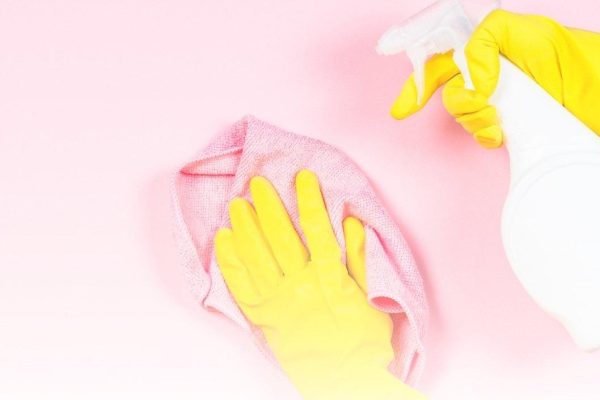When it comes to painting your home, it’s tempting to focus solely on the exciting part—the color selection and the beautiful transformation that awaits. However, behind every stunning paint job is a crucial step that often goes unnoticed: wall preparation. At Buhle Painting and Decorating, we believe in the power of proper preparation to achieve a flawless finish. In this blog post, we’ll delve into the reasons why preparing your walls before painting is an absolute must.
Why Wall Preparation Matters

Surface Smoothness
Before applying paint, it’s essential to ensure that your walls are smooth and free of imperfections. This means addressing issues like cracks, holes, and uneven surfaces. Skipping this step can lead to blemishes and an uneven finish, detracting from the overall appearance of your painted space.

Adhesion
Paint needs a clean and solid surface to adhere to properly. When you prepare your walls, you create a foundation that allows the paint to bond securely. This not only ensures longevity but also prevents peeling, cracking, or flaking over time.

Stain and Spot Coverage
Wall preparation involves cleaning the surfaces, which helps remove stains, dirt, and grime. Without proper cleaning, paint may not effectively cover these imperfections, resulting in visible spots even after painting.
READY TO GET STARTED?
The Wall Preparation Process

Clean the Surfaces
Begin by thoroughly cleaning the walls with a mild detergent solution and a sponge or cloth. This step removes dust, dirt, grease, and any lingering residue. It’s crucial for paint to adhere correctly.

Repair Imperfections
Inspect the walls for cracks, holes, or dents. Fill these imperfections with spackling compound or patching material, and sand them smooth once dry. Pay attention to corners and edges, as they often require extra attent

Sand and Smooth
To achieve a truly smooth surface, sand the walls. Sanding not only evens out the patched areas but also removes any rough spots or texture. Be sure to wipe away dust after sanding.

Remove Loose Paint
If there is loose or peeling paint on the walls, it must be removed. A scraper or sandpaper can help eliminate these areas to create a clean, stable surface.

Apply Primer
Priming is the final step in wall preparation. It not only seals the repairs but also provides a consistent base for the paint to adhere to. Primer enhances paint adhesion, helps achieve true color, and ensures even coverage.

